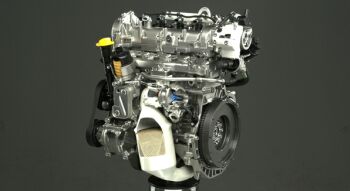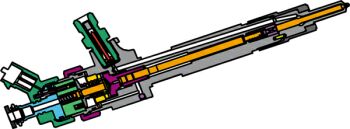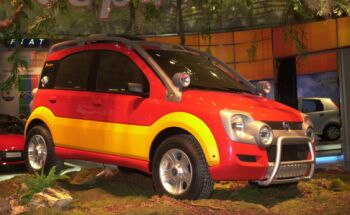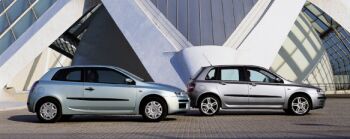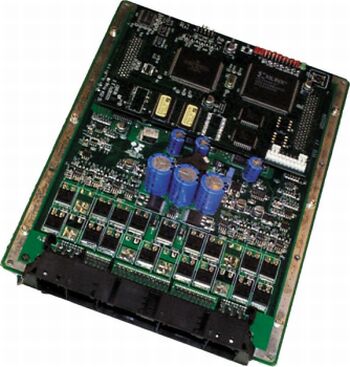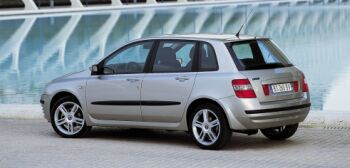| >
NEW PRODUCTS FOR A NEW MARKET
The 1.3 Multijet 16v is thus
a revolutionary engine that is bound to be even more attractive because
it equips all-new models that will consolidate Fiat's great tradition in
the mini sector. Cars of great appeal that are consistent with strong,
winning market trends yet are also in keeping with Fiat's history and mission.
The new city car will be
compact in size (3.54 x 1.58 m), surprisingly roomy, smart due to features
such as a new robotised gearbox with robotised clutch and an economy key
for maximum fuel saving, reasonable purchase price and running cost, comprehensive
equipment: from climate control to ABS, ESP, satellite navigation system
and clear Sky-dome roof.
The other equally impressive
model will be a true MPV but with great interior roominess and exterior
dimensions essentially on a par with those of a segment B car. The car
will cut across traditional market categories and attract customers from
higher market bands to create a new segment of its own. It will achieve
this by means of its up-to-date, appealing shape, no fewer than five petrol
and diesel engines and product features such as a robotised gearbox, six
airbags and an automatic multizone climate control system. |
